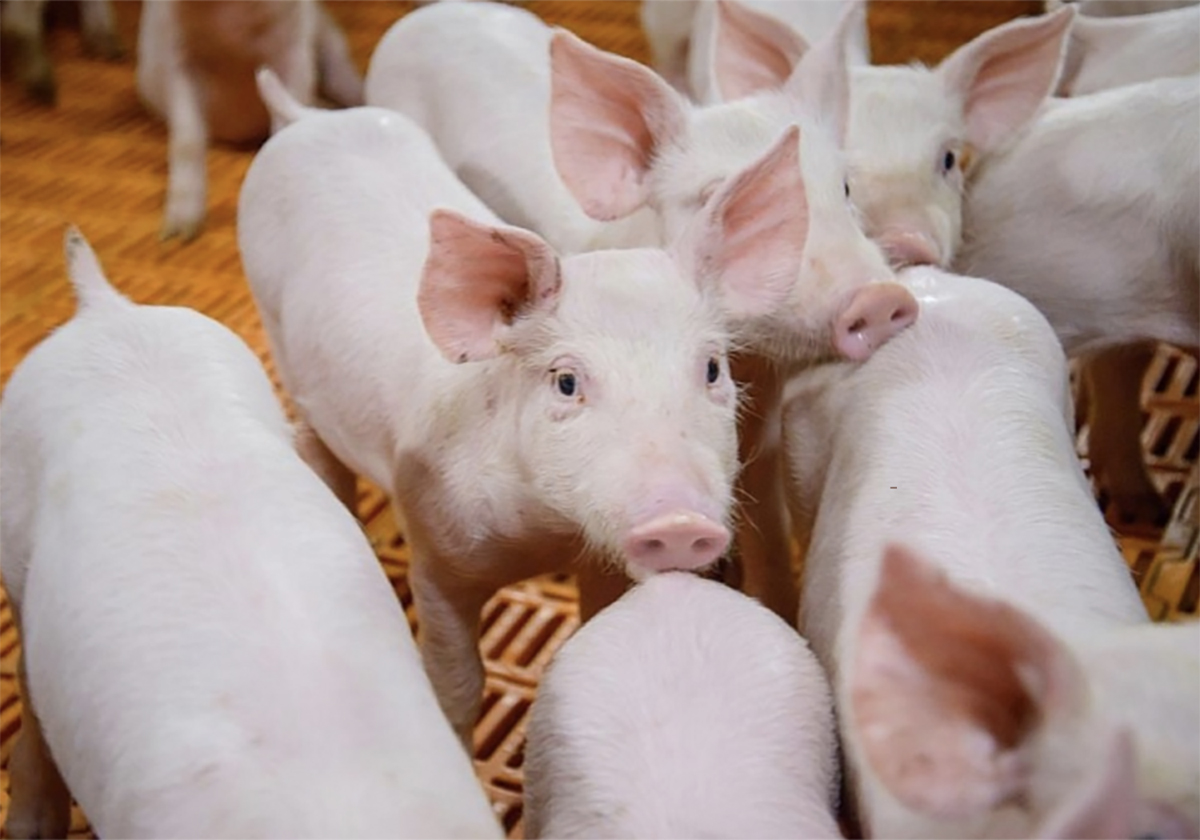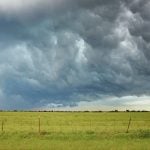CALGARY – More than a dozen cattle have been killed by wolves in southwestern Alberta this fall, but one rancher says the number is likely much higher.
Kim Hanson, who ranches near Waterton Lakes National Park, said he lost two calves but can’t prove they were killed by wolves. All he found was wolf tracks.
“There isn’t a hell of a lot to confirm a wolf kill,” he said.
Richard Quinlan, wildlife officer in the Claresholm fish and wildlife office, said people have noticed missing cattle during this fall’s roundup. Some may have disappeared for other reasons, but he agreed wolves may be responsible.
Read Also

The Western Producer Livestock Report – August 28, 2025
Western Producer Livestock Report for August 28, 2025. See U.S. & Canadian hog prices, Canadian bison & lamb market data and sales insights.
Wolves are becoming a problem north of Highway 3, south of Chain Lakes, into the Porcupine Hills and through the Whaleback region in southwestern Alberta.
Quinlan’s office has 12 instances of cattle killed by wolves confirmed by fish and wildlife officers.
So far, Quinlan has received reports of another 10 cases where livestock were injured. Flanks were mauled and tails were stripped. Wolves often devour an animal while it’s still alive, from the hindquarters to the front.
Supply is plentiful
Quinlan’s department believes the kills are the work of one problem pack that has developed a taste for beef, which is easy to kill and in plentiful supply.
He said there are about 50 wolves in southwestern Alberta and a pack can grow to as large as 14 animals. When a pack becomes too large, it splits and the new group moves on.
The wolf population has increased recently because of warm winters, lots of food and big litters where pups survived their first years. Some are also migrating north from Montana where wolves are protected on the endangered species list.
Four wolves with radio collars from Montana have been detected in southwestern Alberta.
Agricultural area
“None of us as ranchers have problems with wolves in a wild ecosystem. We do have a problem where we have a definite management policy to reintroduce wolves into an area that has been deemed an agricultural area, ” said Hanson.
In 1989, wolf numbers had increased to the point where they were killing cattle. Fish and wildlife officers stepped in and killed them. This could happen again.
“We’re not undertaking a major wolf reduction program, but we are undertaking to remove certain problem wolves,” said Quinlan.
Defenders of Wildlife, a Washington, D.C. based environmental group has, on a case by case basis, paid some Canadian ranchers in full for animals lost to wolves this year.
But on March 1, 1993, the Alberta government ended a predator compensation program because of budget restraints.
Quinlan said his department would prefer compensation from some other source. Hanson agrees, saying if a third party takes over compensation, it can dictate wolf management policy to government.
In Alberta, landowners can legally shoot wolves on private property or on land where they have grazing rights.

















